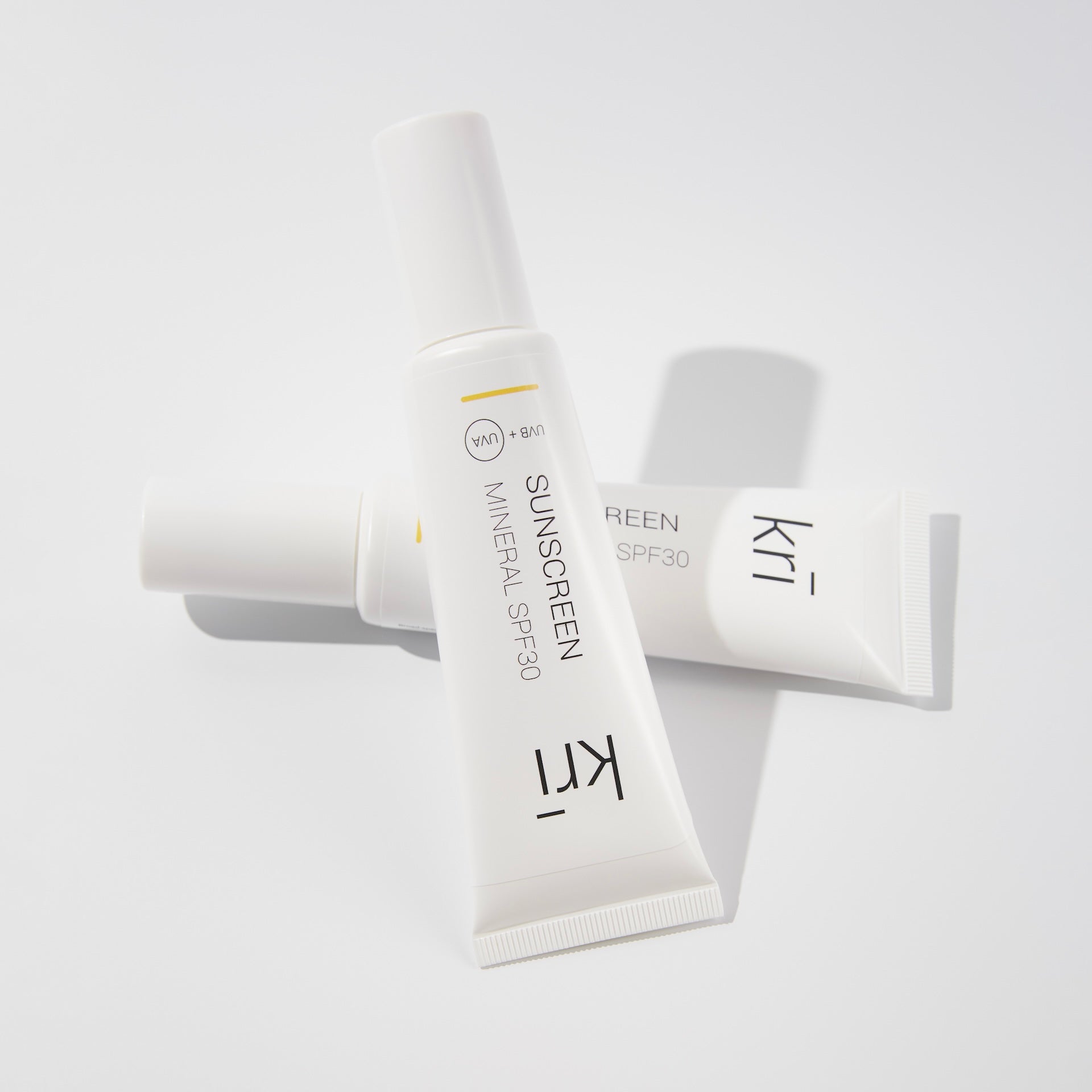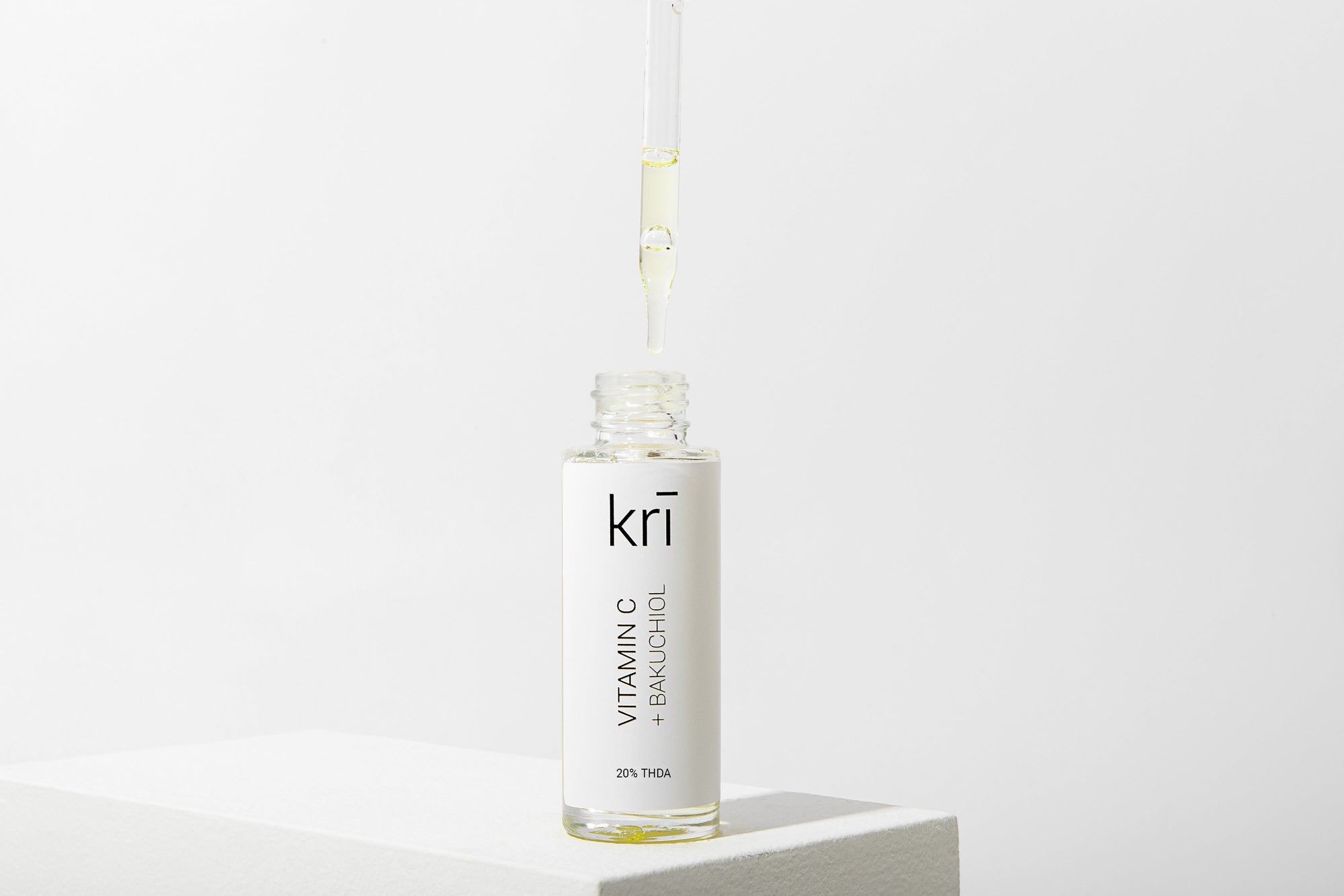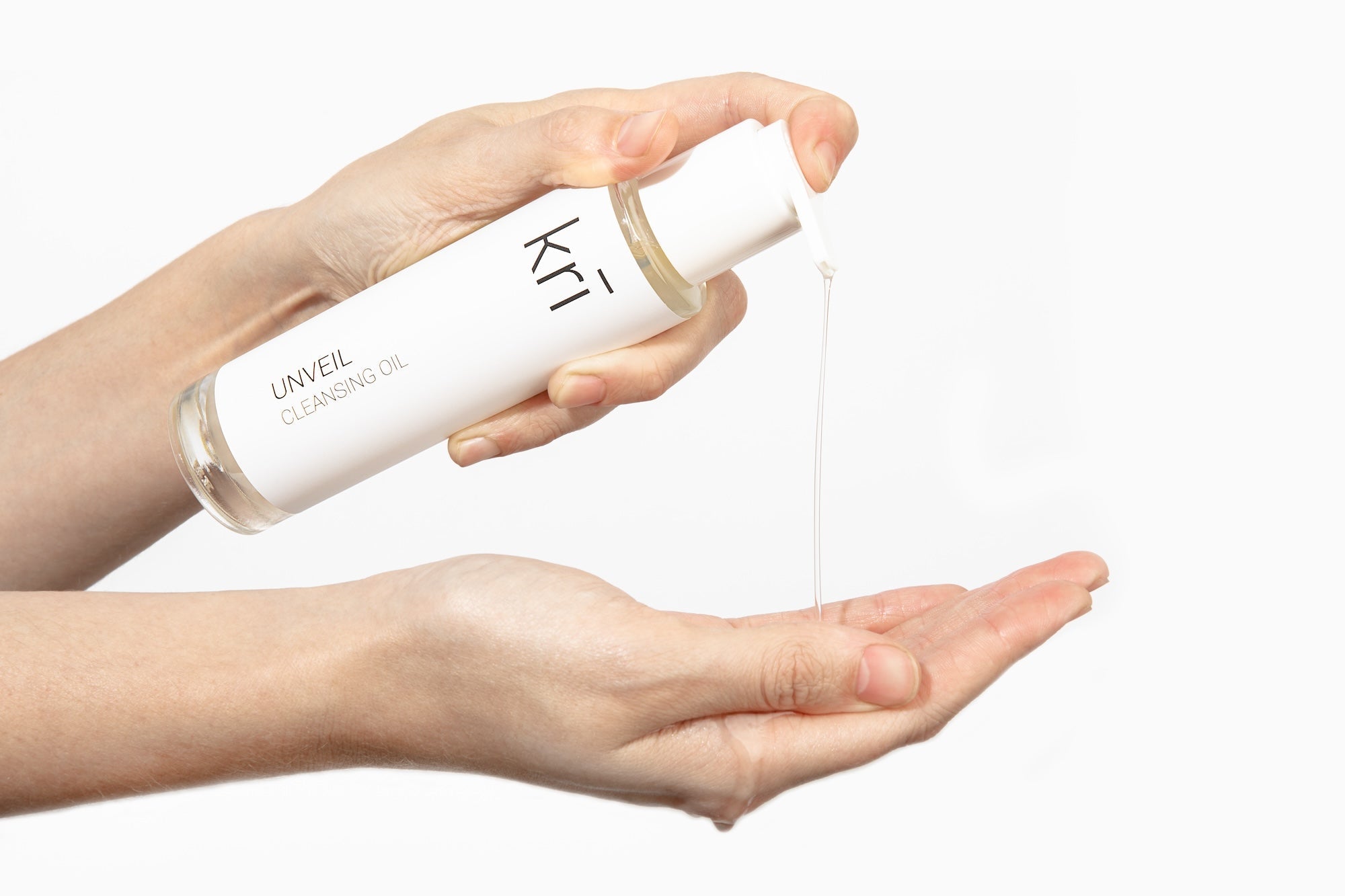For those with oily skin, the idea of incorporating face oils into your skincare routine might sound counterintuitive. However, the right face oil can be a game-changer that repairs, restores and even balances excess oil production to leave your skin healthy and clear. Let’s explore how to choose the best face oil for oily skin types and debunk the myth that oils are only suitable for dryer complexions.
What Causes Oily Skin
In order to choose the best face oil for oily and acne-prone skin, we must first understand the root cause of this skin type. We need to take a look at the physiological makeup of the skin, in particular the sebaceous glands. These glands produce sebum, the natural oil that keeps skin protected and moisturised. Oily skin types tend to have overactive sebaceous glands that produce too much sebum, resulting in excess oil on the surface of the skin.
Next, we need to look at the composition of sebum. Human sebum is made up of squalene, esters of glycerol, wax and cholesterol, as well as a complex balance of fatty acids. Two of the main fatty acids in sebum are linoleic acid (an omega-6 fatty acid) and oleic acid (an omega-9 fatty acid). Linoleic acid makes the sebum thin and light in texture and less likely to block the pores. Oleic acid, on the other hand, has a thick, dense consistency that is much more likely to block the pores and trigger breakouts.
Research shows that oily skin has very low levels of linoleic acid and too much oleic acid. This imbalance makes the sebum secreted by the sebaceous glands thick, sticky and pore-clogging. Blocked pores and a buildup of excess sebum create the perfect airless environment for bacterial growth that leads to inflammatory acne.
How To Choose The Best Face Oil For Oily Skin
Plant oils also have a unique fatty acid profile that can mimic that of human sebum. Studies show that oils high in linoleic acid can dramatically improve the condition of oily and acne-prone skin.
So, when choosing the best face oil for oily skin, the key is to focus on the ones that are high in linoleic acid but low in oleic acid. These are classed as non-comedogenic (non-pore clogging) oils that help to:
- Thin and rebalance sebum levels
- Regulate overactive sebaceous glands
- Repair postinflammatory hyperpigmentation (PIH)
- Restore depleted nutrients and moisture
The Best Oil For Oily Skin? Look to Prickly Pear Seed Oil
Prickly pear seed oil is a rich source of phytonutrients such as amino acids, betalains, polyphenols, vitamin K and zinc. It provides extraordinary benefits for oily skin, including anti-inflammatory, antimicrobial, antiviral and antibacterial properties that help prevent and combat breakouts and acne issues. Additionally, prickly pear oil is packed with antioxidants, including vitamin E, which help to protect the skin from free radicals and support overall skin health.
The true power of prickly pear seed oil for oily skin lies in its fatty acid ratio, which is low in oleic acid and exceptionally high (up to 70%) in linoleic acid. Giving it the unique ability to rebalance and regulate sebum levels without clogging the pores. Regular use can leave the skin nourished, restored, and breakout-free, making prickly pear seed oil one of the best face oils for oily skin.
Gabrielle Richens is Krī's skincare consultant and content editor, a veteran model-turned-NVQ-qualified skin therapist, and an online skin coach.




